Wingtip Vortices and Wake Turbulence
Pilot Institute
MARCH 28, 2025
When air flows over the aircraft wing, the shape of the airfoil creates low pressure above the wing and relatively higher pressure below the wing. This is called lift. Wingtip vortices are a byproduct of lift. Once the wing stops producing lift, the vortices dissipate instantly. How Are Wingtip Vortices Formed?


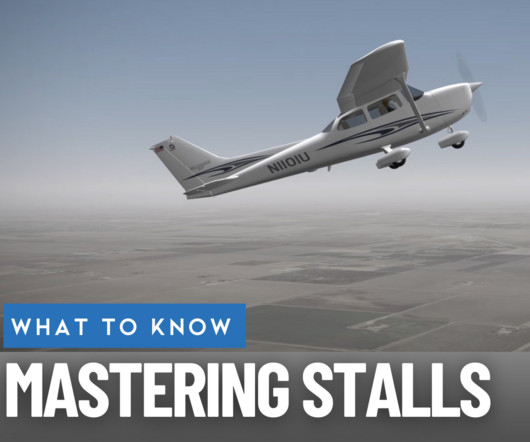



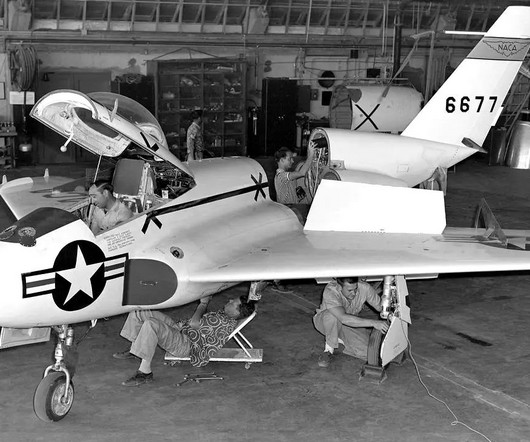

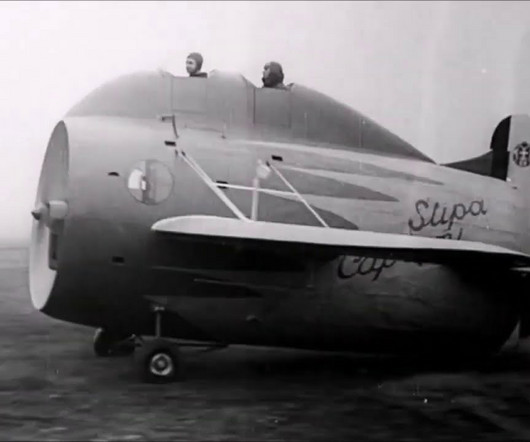
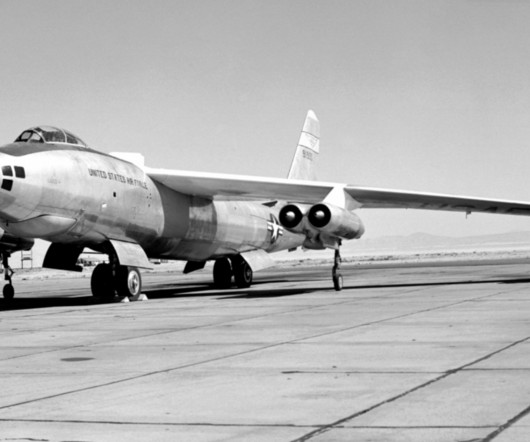
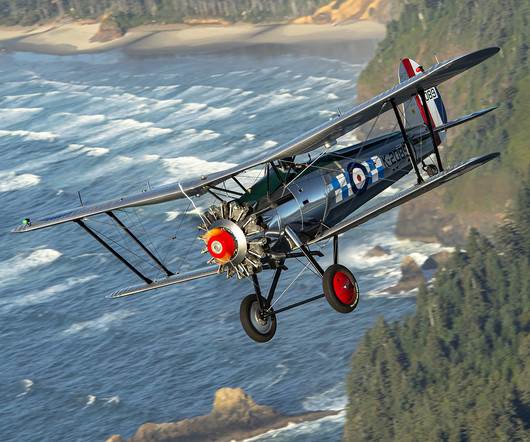
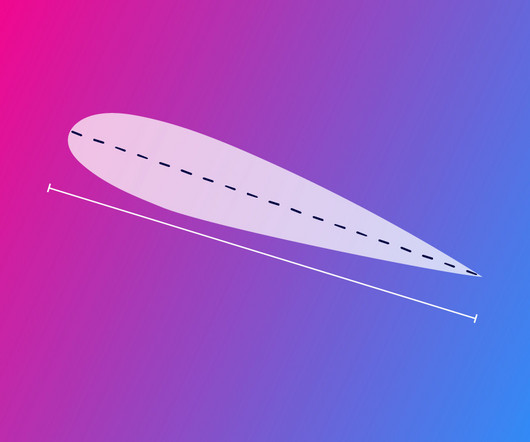




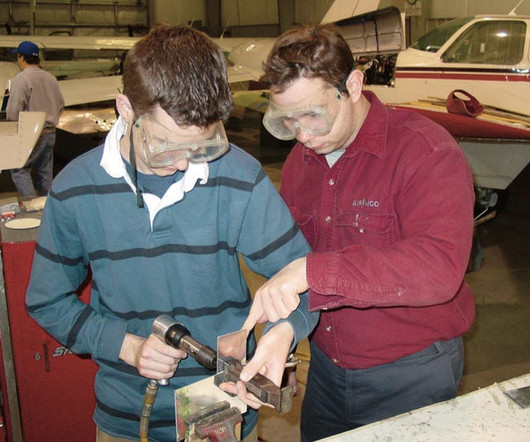







Let's personalize your content